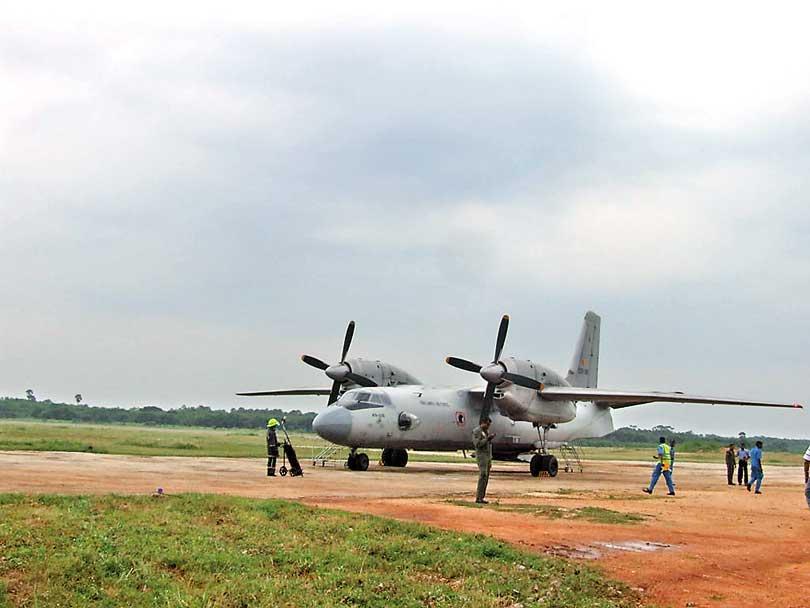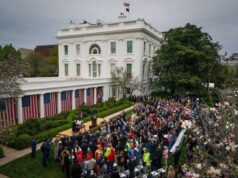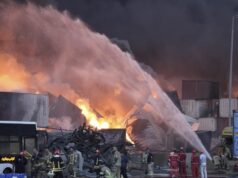Palaly comes to life again

October 17 is the scheduled date for Sri Lanka to re-open the Palaly Airport as its third international aerodrome. There will be many who would applaud and praise the refurbishment and upgrading of the new airport; and there will be others who would criticise and curse the very thought of another international airport.
I have no side to take, I just want to share with readers some historical facts of Palaly and express my thoughts on what the progressive possibilities are of this project if sensible people are selected to plan and execute the project whereby Palaly could be classified as an international airport.
Let’s first look at the geography and the history of Palaly. The airfield is located 10 miles north of the Jaffna Town, excellent in terms of accessibility. The runway is built in an area of flat land which makes it easy for all types of aeroplanes to take-off and land. Throughout the year, the peninsula enjoys favorable weather for flying, and the winds are mostly negligible that being a bonus to pilots.
The maiden voyage of Air Ceylon on 10 December 1947 was from Ratmalana to Palaly
The runway is built in an area of flat land which makes it easy for all types of aeroplanes to take-off and land
Air Ceylon continued to use Palaly as a regional airport and operated to Indian destinations
That is why the Royal Air Force decided to build an airfield in Palaly during the second world war. They had 4 squadrons based there, namely, Squadron 160,203,292 and 354. There were aeroplanes too based in Palaly that were to be used for search and rescue operations.
Palaly was alive, aeroplanes flew in and out of Palaly and dotted the clear blue sky sporting the insignia of fighters and transport planes of the RAF.
The war came to an end and the RAF packed up and departed leaving a gift of an airport to the Department of Civil Aviation. That became the birth of Civil flying at Palaly. The maiden voyage of Air Ceylon on 10 December 1947 was from Ratmalana to Palaly and then onto Madras. That was when Palaly first became an international airport.
Air Ceylon continued to use Palaly as a regional airport and operated to Indian destinations. DC-3s, Nord 262s and Avro 748s were the big birds of the era that operated scheduled flights from Palaly.
Then came the ethnic conflict! All civilian operations at Palaly ceased. The story of Palaly became that of a war zone. Let’s not talk about all that. It’s irrelevant to what I am writing.
Civilian planes once again started flying in to and out of Palaly in the year 2010. Some commercial flights were operated by the Air Force. People started arriving in Jaffna by boarding aeroplanes at the Ratmalana airport. And that was when plans began to be made to expand Palaly Airport and re-open it for international flights.
Stepping-stone to Indian airports
Is there a commercial viability to have Palaly as an international airport? Yes, in my humble opinion there certainly is. Palaly could be made into a very practical stepping-stone to Indian airports. But a lot needs to be done professionally to achieve that status and it must be done without political apple-carts that could topple and ruin the whole operation. Palaly could then enjoy a lucrative future. If not? Well, I need not elaborate. That is a story we know well enough.
I believe an efficiently functioning Palaly Airport would make a meaningful contribution to ethnic reconciliation too. Palaly could be the northern gateway to Sri Lanka. Wasn’t it so before the bombs exploded? Then why not now? The place is ideal to set up a first-class flying school; Palaly has everything, flat lands, light winds and open spaces to build anything. The only need is non-political aviation thinking.
I flew to Palaly many times in the early seventies. They were four sector flights on old Dakota aeroplanes. We took off from Ratmalana and flew to Palaly and then after an hour’s transit flew to Trichinopoly. The return journey was the same, to Ratmalana via Palaly. Those were my fledgling days and I still remember smoke coming out of the Kankasanthurai Cement factory chimney which gave pilots a clear indication of the wind direction. Then there were the Palaly people, Nadarajah and Jeganathan, the customs officers and K T Bala in the control tower. We ordered delicious mangoes from Ranga the loader, to collect on the return trip. Even to this day I remember Ranga well, in his loader uniform of khaki shorts and short sleeved shirt who used to stand by the rose bushes of the little parking apron and wave at us as we taxied out.
Those who flew to Palaly in the olden days would know what I am talking about.
I am glad that Palaly is going to be re-born. I sure would like to go to the Palaly Airport as a passenger on a scheduled flight and maybe proceed to Chennai or Trivandrum. That would be wonderful, to sit on a window seat and reminisce down an eventful memory lane.
My wishes are for the reality of a born again Palaly to become a success. That is not too much to expect considering the location and the terrain and the enthusiastic Jaffna people. Provided we find a way to weather the political climate.




